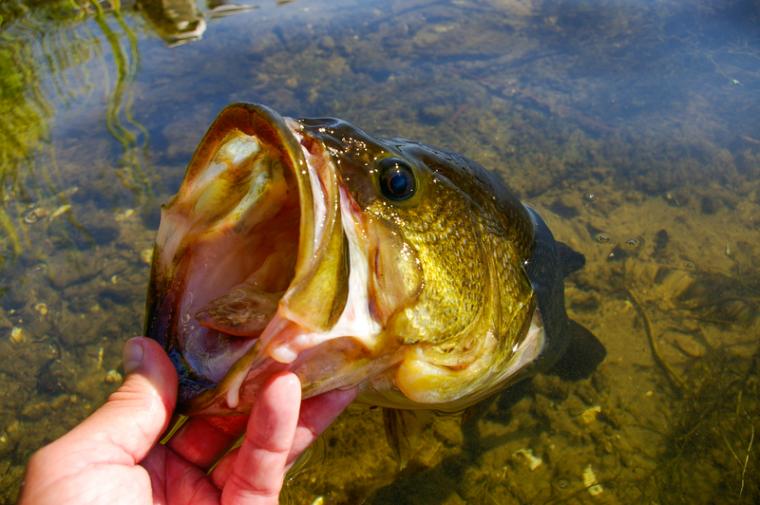

The start of summer feels a lot different than it did a year ago. As states roll back restrictions, baseball stadiums are welcoming fans back at 100 percent capacity, concert announcements happen almost daily, and national parks are seeing record crowds.
Yellowstone National Park in Mammoth Hot Springs, Wyo., hosted 483,159 recreation visits in May, according to the National Park Service — the park’s busiest May ever, and an 11 percent increase over May 2019. (In 2020, the park was closed from March 24 to May 18 because of the coronavirus pandemic, and only two of its five entrances were open for the rest of May.) For all of 2021, through June 11, Yellowstone’s recreation visits are up 14 percent from 2019.
Grand Teton National Park — three hours due south of Yellowstone in Moose, Wyo. — also set a May attendance record. The park hosted an estimated 363,712 recreation visits in May 2021, a 30 percent increase over May 2019. Camping in the park increased 93 percent in May 2021 compared to May 2019, while backcountry camping increased 117 percent and trail use increased 70 percent.
Like Yellowstone and many other national parks, Grand Teton was closed in early spring 2020.
“I predicted a record season, and I think we’re on track for that,” Cam Sholly, park superintendent for Yellowstone, told Montana’s Billings Gazette, which reports Yellowstone officials have hired more seasonal (and vaccinated) employees, made more campgrounds available by reservation only, and are experimenting with a driverless shuttle.
Things are about to get a lot more hectic. Summer is Yellowstone’s busiest season, with millions of people traditionally visiting the park in June, July and August.
A new NPS report indicates that 3.8 million people visited Yellowstone in 2020, despite the pandemic — spending more than $444 million in communities near the park. That spending supported 6,110 jobs and had a cumulative benefit to the local economy of $560 million.
The peer-reviewed 2020 visitor spending analysis was conducted by economists with the NPS and the U.S. Geological Survey. The report shows $14.5 billion of direct spending by more than 237 million park visitors in communities within 60 miles of a national park. This spending supported 234,000 jobs nationally; 194,400 of those jobs are found in the gateway communities. The cumulative benefit to the U.S. economy was $28.6 billion.
Looking at the economics of visitor spending nationally, the lodging sector had the highest direct effects, with $5 billion in economic output, followed by the restaurant sector, with $3 billion in economic output. Visitor spending on lodging supported more than 43,100 jobs and more than 45,900 jobs in restaurants, according to the report.
Those statistics from 2020 help illustrate the value of national parks in times (and arguably because) of crises.
“This past year has reminded us how important national parks and public lands are to overall wellbeing,” NPS Deputy Director Shawn Benge said in a statement issued in February, when NPS announced how parks still managed to offer outdoor experiences “as refuge from the pandemic.” “Throughout the country, national parks provided close-to-home opportunities for people to spend much needed time outdoors for their physical and psychological health.”
The pandemic affected nearly every NPS operation, officials say. About 66 of the 423 parks in the National Park System were fully closed for two months or more in 2020, although the majority of them — particularly those with outdoor spaces — remained accessible to the public.
Here are some more positive takeaways from the NPS 2020 visitation report:
• 15 parks set new recreation visitation records in 2020.
• Five parks broke a visitation records they set in 2019.
• Blue Ridge Parkway in Virginia and North Carolina claimed the title of most-visited site in the National Park System.
• Great Smoky Mountains National Park in North Carolina and Tennessee maintained its long-running position as the most visited National Park in 2020 — a position it has held since 1944. Grand Canyon National Park in Arizona dropped from the second-most visited national park — a position it held for 30 years — to the sixth most-visited. Yellowstone National Park moved from the sixth most-visited national park in 2019 to second most-visited — a position it has not held since 1947.
• Three parks had more than 10 million recreation visits: Blue Ridge Parkway, Golden Gate National Recreation Area in California, and Great Smoky Mountains National Park.
• One-quarter of total recreation visits occurred in the top six most-visited parks.
• Half of all recreation visits occurred in the top 23 most-visited parks.
• National parks hosted more than 8 million overnight stays (both recreation and non-recreation).

